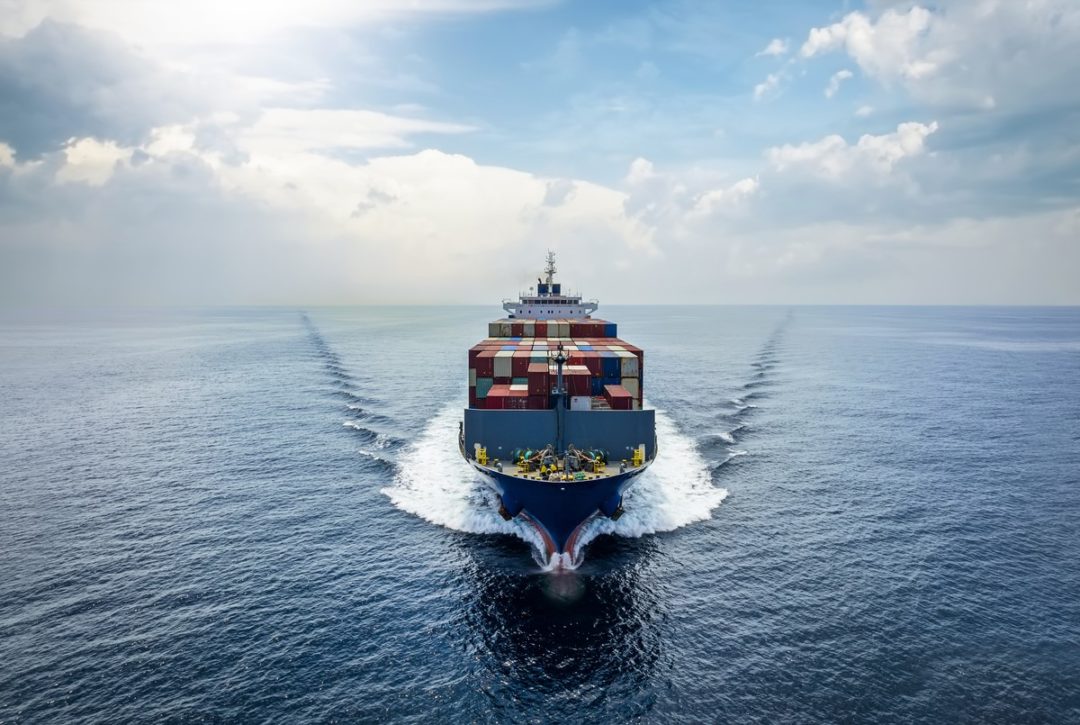
Visit Our Sponsors |
|
|
|
|
|
|
|
|
|
|
|
|
|
|
|
|
|
|
|
|
|
|
|
|
|
|
|
|
|
|
|
|
|
|
|
|
|
|
|
|
|
|
|
|
|
|
|
|
|
|
|
|
|
|
|
|
|
|
|

Photo: iStock.com/SHansche
The IMO is finding it tough to set greenhouse gas emissions that everyone can agree on. The International Maritime Organization's (IMO’s) member states recently agreed to move up their goal of reaching net-zero greenhouse gas (GHG) emissions by or around 2050. But the IMO faces a "divide in the sector" between nations that are looking for tough targets, and other countries that seem unwilling to make a quicker transition away from fossil fuels, according to The Wall Street Journal.
The new goals, issued July 7, will also see the agency establish "indicative checkpoints" that aim to reduce GHG emissions by 20% to 30% by 2030 and 70% to 80% by 2040. Prior to the announcement, the IMO's original reduction strategy, set in 2018, aimed to only cut GHG emissions in half by 2050. That softer initial target seems to indicate uncertainty in the IMO’s resolve to create a global set of goals for emission reductions.
“Maritime operators are seeking a clear timetable that will help set investment plans for fleets, port infrastructure and fuel availability. But the IMO wrangling suggests global shipping emissions rules will remain fragmented,” The Wall Street Journal added.
RELATED CONTENT
RELATED VIDEOS
Timely, incisive articles delivered directly to your inbox.


